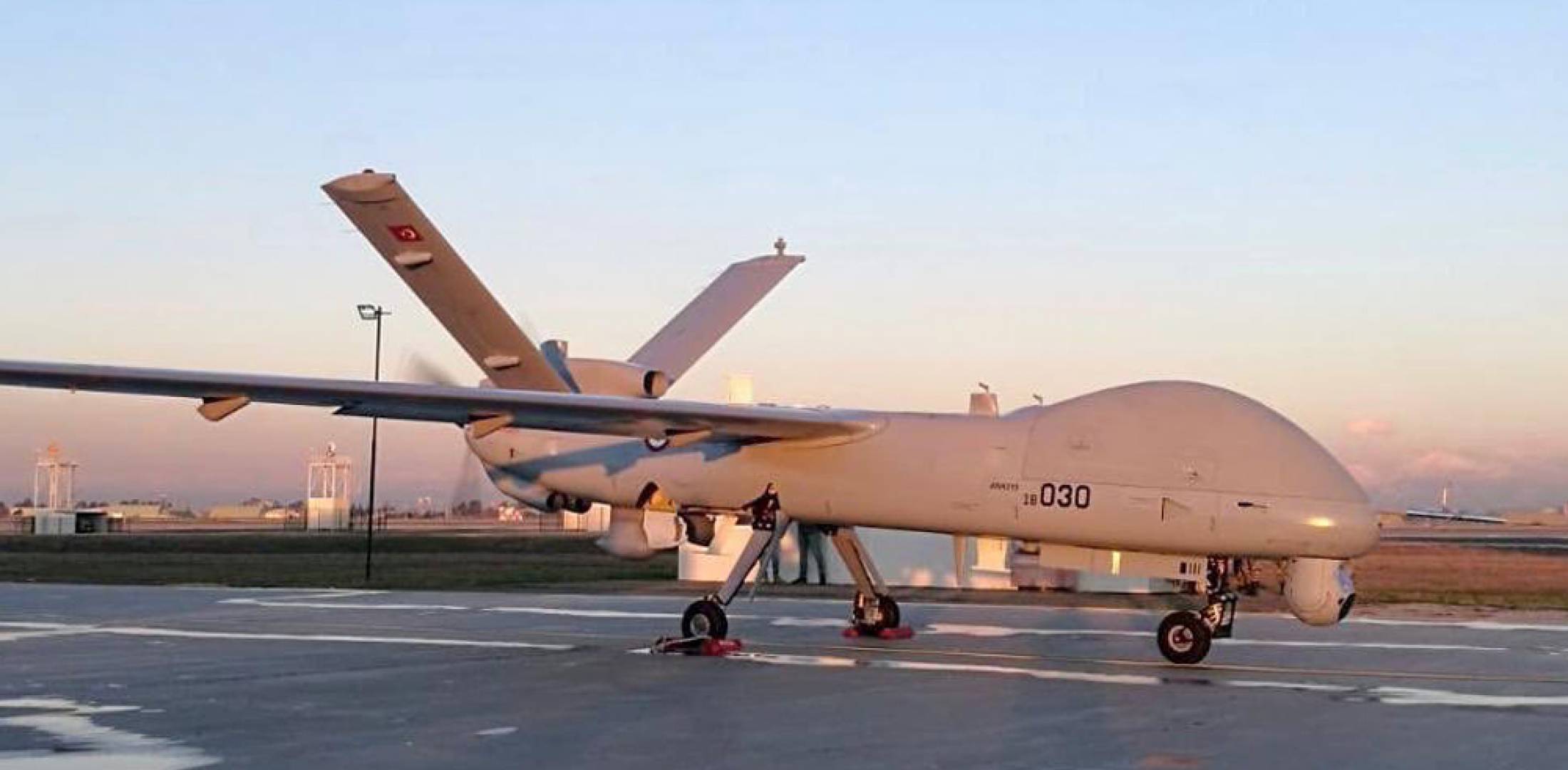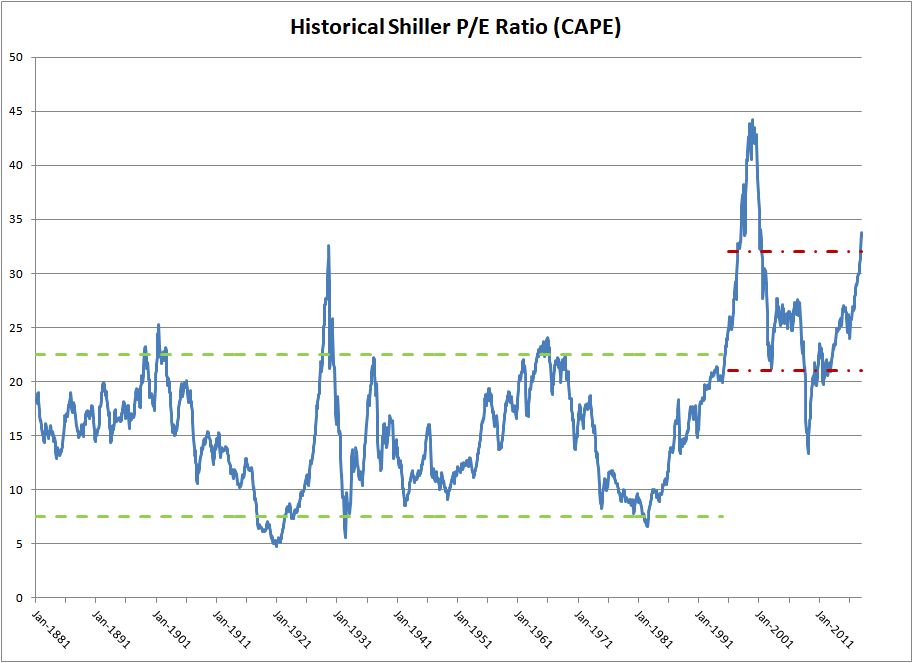The Future Of Nordic Defense: The Role Of Sweden And Finland's Combined Forces

Table of Contents
Enhanced Military Capabilities through Integration
The integration of Swedish and Finnish armed forces represents a significant leap forward in Nordic defense cooperation. This integration is not merely additive; it creates a synergistic effect, resulting in a military force far greater than the sum of its parts. This is achieved through enhanced interoperability and the leveraging of complementary strengths.
Increased Interoperability
Standardization is key to effective joint operations. Sweden and Finland are actively working to harmonize equipment, training, and operational procedures. This involves:
- Shared Equipment Procurement: Joint purchasing of critical military equipment reduces costs and ensures compatibility across forces. This includes exploring commonality in fighter jets, naval vessels, and ground support systems.
- Joint Exercises and Training: Regular joint military exercises, such as the annual Aurora exercise, allow troops to practice interoperability and build strong working relationships. This enhances battlefield coordination and decision-making.
- Harmonized Doctrine and Procedures: Aligning operational doctrines and standard operating procedures ensures seamless integration during joint operations, maximizing efficiency and effectiveness.
These efforts significantly boost military integration and joint operations, creating a more agile and responsive Nordic military. The enhanced interoperability is a cornerstone of the strengthened defense cooperation.
Complementary Strengths
Sweden and Finland bring unique military strengths to the table, creating a powerful combined force.
- Swedish Naval Capabilities: Sweden possesses a strong and modern navy, including advanced submarines and surface combatants. This complements Finland's focus on land-based defenses.
- Finnish Expertise in Land Warfare: Finland's extensive experience in land warfare, particularly in challenging terrains, adds significant depth to the combined force's capabilities.
- Cyber Warfare Collaboration: Both nations are investing heavily in cybersecurity, recognizing the importance of defending critical infrastructure in the digital age. This cyber warfare collaboration is paramount for Nordic security.
This comparative advantage, combining diverse military capabilities into a unified combined forces structure, significantly enhances the region's overall defense strategy.
Strengthened Deterrence against External Threats
The accession of Sweden and Finland to NATO has dramatically altered the security landscape of the Nordic region. This strengthens deterrence against potential aggressors and reinforces regional stability.
NATO Membership and Collective Security
NATO membership provides several key benefits:
- Increased Military Presence: The presence of NATO forces in the region acts as a powerful deterrent against potential adversaries.
- Enhanced Intelligence Sharing: Access to NATO's intelligence network provides crucial early warning capabilities and improves situational awareness.
- Article 5 Guarantees: The cornerstone of NATO is Article 5 – an attack on one member is considered an attack on all. This collective security guarantee is a powerful deterrent.
This NATO expansion greatly enhances collective security, providing robust security guarantees for both countries and the entire region.
Regional Stability and Response to Hybrid Warfare
The combined forces are also crucial in addressing hybrid warfare threats:
- Joint Cybersecurity Initiatives: Sharing best practices and collaborating on cybersecurity initiatives are essential for defending against cyberattacks.
- Information Operations: Countering disinformation campaigns and other information operations is critical for maintaining societal resilience.
- Countering Hybrid Threats: The combined forces are developing strategies to detect, deter, and respond effectively to a range of hybrid threats.
Addressing these challenges is crucial for maintaining regional stability and countering destabilizing actions.
Economic and Political Implications of Nordic Defense Cooperation
The strengthened Nordic defense cooperation has significant economic and political implications.
Increased Defense Spending
Both Sweden and Finland are increasing their defense budget, leading to:
- Investment in New Technologies: Modernizing armed forces requires significant investments in advanced weaponry, technology and training.
- Modernization of Armed Forces: Upgrades to existing equipment and the acquisition of new capabilities are essential for maintaining a credible defense posture.
- Economic Stimulus: Increased defense spending can create jobs and stimulate economic growth.
This military spending represents a significant investment in national and regional security, with notable economic impact.
Geopolitical Influence and International Partnerships
The strengthened Nordic defense cooperation increases the region's geopolitical influence:
- EU Defense Cooperation: The strengthened partnership plays a significant role in EU defense initiatives.
- Bilateral Agreements with other NATO Members: Stronger ties with other NATO members enhance collective security and interoperability.
- Partnerships with other Nordic Countries: Cooperation with Iceland, Denmark, and Norway further enhances Nordic security.
This enhanced Nordic cooperation impacts foreign policy and strengthens international partnerships, increasing the region's geopolitical influence.
Conclusion
The integration of Swedish and Finnish forces into a more unified Nordic defense structure represents a significant shift in the region's security architecture. This Nordic defense cooperation, strengthened by NATO membership, provides a robust deterrence against external threats and enhances the overall stability of the region. The combined military capabilities, complementary strengths, and commitment to collective security signify a new era of defense cooperation in Northern Europe. Further analysis of the evolving Nordic defense cooperation will be essential in understanding the future security dynamics of the region. Learn more about the evolving strategies of Nordic defense cooperation and its impact on European security.

Featured Posts
-
 Addressing High Stock Market Valuations Insights From Bof A
Apr 22, 2025
Addressing High Stock Market Valuations Insights From Bof A
Apr 22, 2025 -
 The Economic Fallout Of Trumps Policies A Deep Dive
Apr 22, 2025
The Economic Fallout Of Trumps Policies A Deep Dive
Apr 22, 2025 -
 La Landlord Price Gouging A Selling Sunset Stars Accusation Sparks Debate
Apr 22, 2025
La Landlord Price Gouging A Selling Sunset Stars Accusation Sparks Debate
Apr 22, 2025 -
 How Tik Tok Users Are Bypassing Tariffs The Just Contact Us Method
Apr 22, 2025
How Tik Tok Users Are Bypassing Tariffs The Just Contact Us Method
Apr 22, 2025 -
 Understanding Papal Conclaves Secrecy Tradition And The Election Of A New Pope
Apr 22, 2025
Understanding Papal Conclaves Secrecy Tradition And The Election Of A New Pope
Apr 22, 2025
